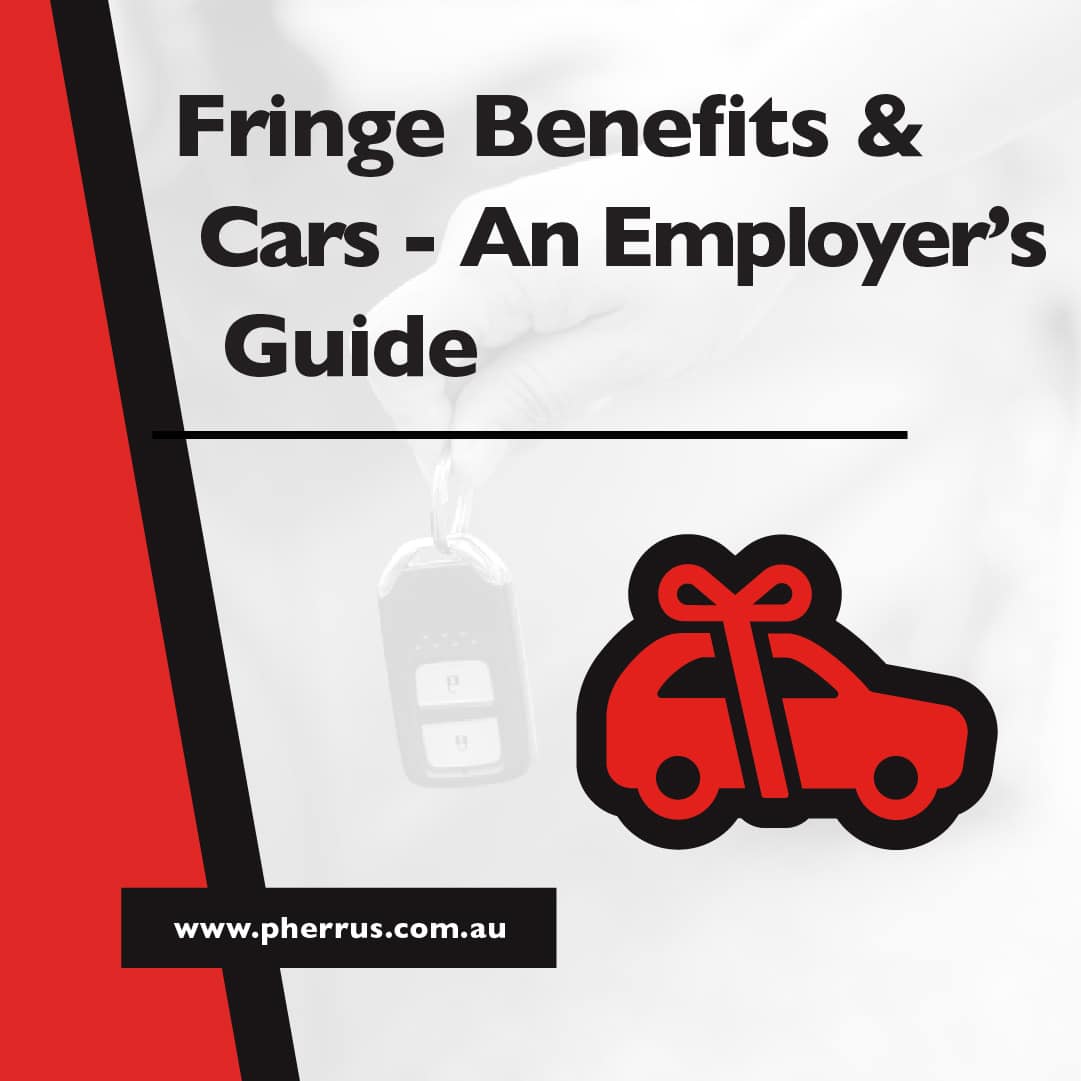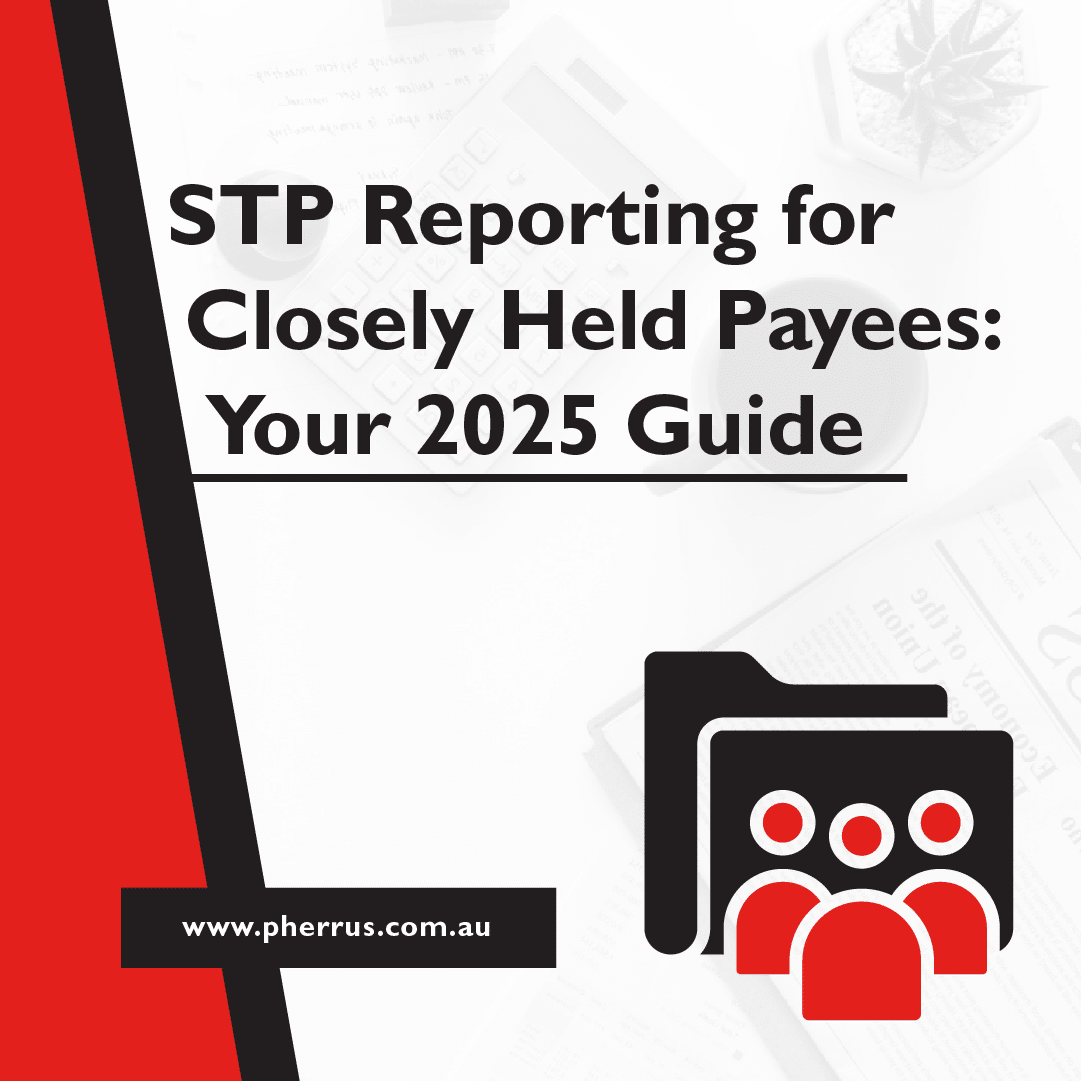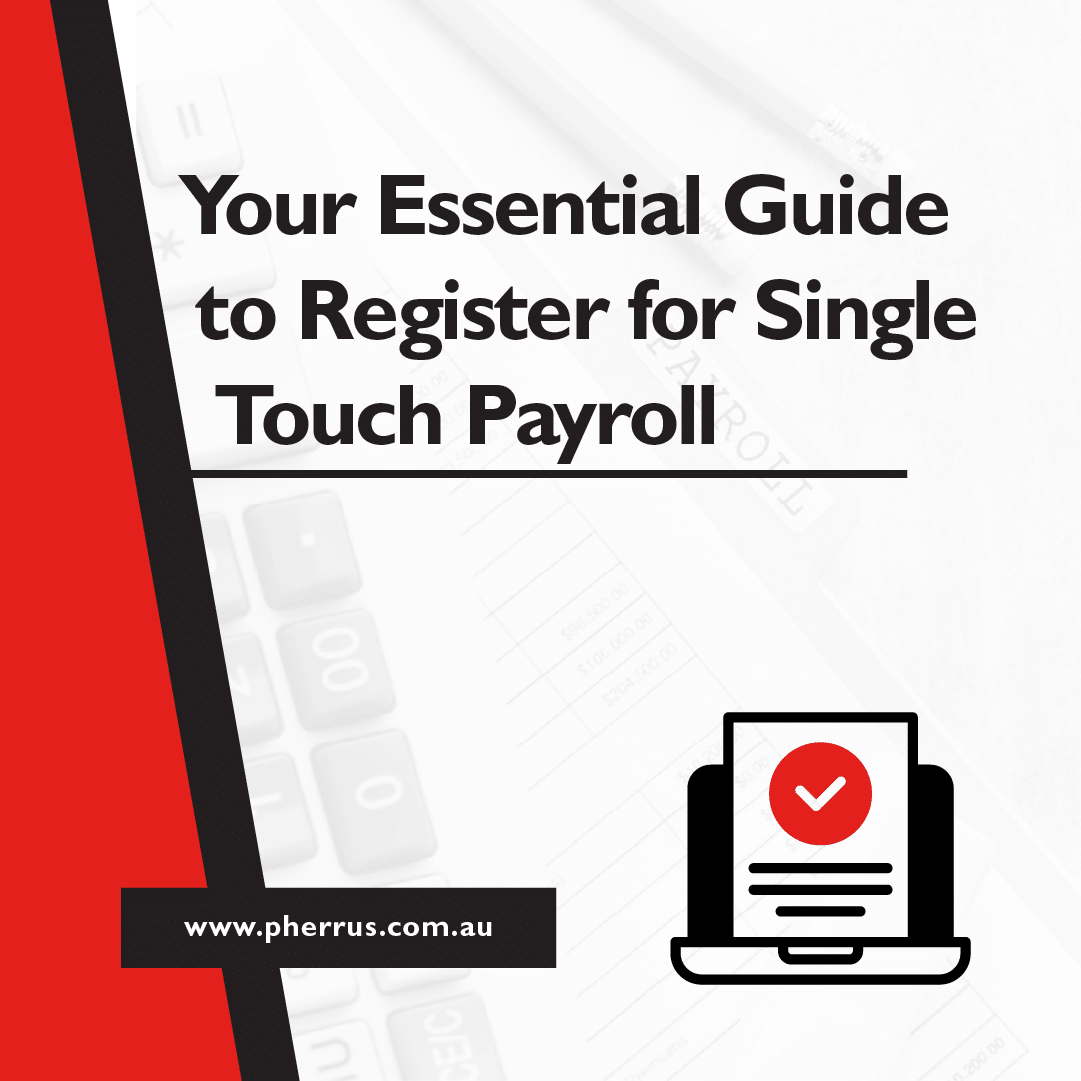It is a common practice for organisations to allow employees to use business vehicles for private purposes. This is considered an additional benefit received by the employee that differs from their salary or wage.
Such additional benefits are known as fringe benefits, and employers are entitled to pay tax on them as of 1986. In this article, we discuss some frequently asked questions when it comes to fringe benefits car rules– including how do I calculate my car fringe benefits tax and how much is fringe benefits tax on a car.
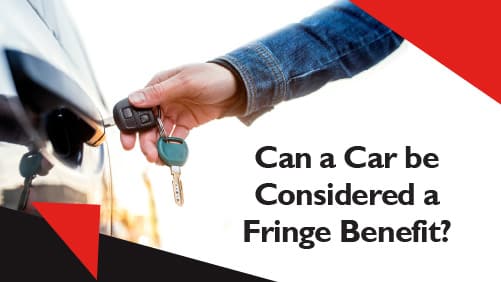
Can a car be considered a fringe benefit?
Yes, a vehicle can be considered a fringe benefit. A vehicle is generally considered a fringe benefits car where it is held by an employer and provided to an employee for private purposes.
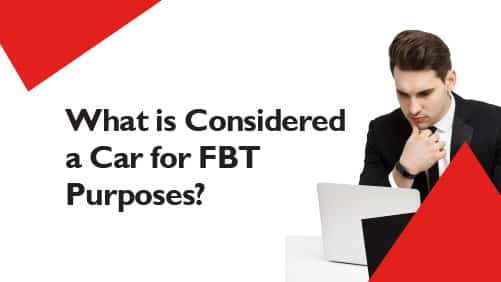
What is considered a car for FBT purposes?
There is a certain specification as to what type of vehicle falls under the term ‘car’ when it comes to car fringe benefits. Under the FBT criteria, a car encompasses any of the following:
- A station wagon or sedan
- A goods-carrying vehicle with a carrying capacity of less than one tonne
- A passenger-carrying vehicle designed to carry less than nine passengers
This means that larger vehicles that can carry more goods and people, as well as smaller vehicles like motorcycles, are not considered cars. Some examples of vehicles that fit these specifications include a utility van and some utes.
If the employer is providing a vehicle for private use that doesn’t fit these specifications, it may be considered a residual fringe benefit instead. This occurs when an employer provides an employee with a benefit that doesn’t fit any other fringe benefit category.
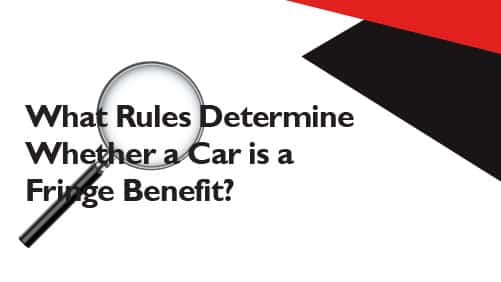
What rules determine whether a car is a fringe benefit?
If an owned or leased vehicle fits the above specification, it is considered a fringe benefits car if you make it available for private use by an employee.
‘Making available’ means that the car is on hand for the employee to use at any time or if it is actually being used for private purposes by the employee already.
Private use of a vehicle means that the car is not at your premises or garaged at the employee’s home to use at their discretion.
The ATO considers a vehicle to be available for private use if it’s stationed at the employee’s address, irrespective of whether they have permission to use it or not. It’s important to note that using a vehicle to travel to and from work falls under private usage.
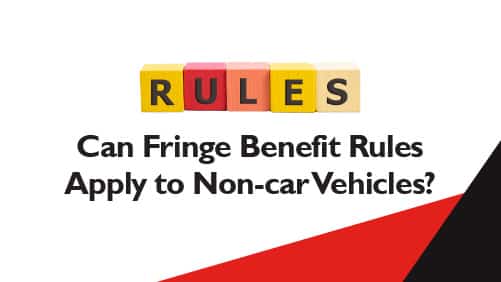
Can fringe benefit rules apply to non-car vehicles?
Vehicles that aren’t cars that are given to employees as extra pay are usually called “residual fringe benefits.”
A residual fringe benefit refers to benefits that don’t fit the rules or specifications of other fringe benefit categories. An example of a vehicle that is considered a residual fringe benefit is a one-tonne utility van as it exceeds the goods-carrying capacity specified for the car FBT category.
In addition, if you hire a car for less than three months, this will not result in a car fringe benefit as you are not considered to ‘hold’ the vehicle.
But if an employer gives an employee access to a rental car or taxi service for personal use, even if it’s for less than three months, this is considered a residual fringe benefit.
In terms of valuing tax on car residual benefit, the amount is usually equal to the arm’s length hire fees. However, this amount can be reduced according to the ‘otherwise deductible rule.’
The otherwise deductible rule is a way to get the taxable value of an employee benefit that pays for expenses down to zero.
This removes the need to pay fringe benefits tax. For this rule to apply, the employer must have documentation to show that the purchase price of the residual benefit would have been “otherwise deductible” to the employee.
An employer, for example, may provide a rented car in place of a car that is currently unavailable. The employer is required to keep a logbook that establishes the vehicle’s use by the employee as a short-term rental car.

How do I calculate my FBT for cars?
There are two methods you can use to calculate the FBT—the taxable value—on your fringe benefits car: either the statutory formula method or the operating cost method.
Employers can choose the method that guarantees the lowest taxable value for them, as long as they have the appropriate documents. Here is more information on each formula:
Statutory formula: This method involves applying a statutory rate of 20% to the car’s base value. To use this method, ensure you have access to purchase records, invoices, receipts, bills of sale, and lease documents pertaining to the vehicle.
Operating cost method: This method is premised on the costs of operating the vehicle. It states that the percentage of private use of the car is the difference between 100 and the percentage of business use for the given year.
To use this method, you need to keep a logbook recording details of business journeys for a continuous 12-week period, as well as odometer records for the total kilometres travelled over the year.
The ATO website features a fringe benefits car calculator which makes it easier to determine the taxable value of a car fringe benefit using either method.

Do you need help understanding car fringe benefits?
Determining whether your car is subject to FBT is a complex process, yet this guide is designed to answer important questions that help you arrive at a decision. For more information, we recommend consulting the official government guide.
Otherwise, contact Pherrus today – an accounting consultancy providing expert advice to a wide range of businesses regarding car FBT compliance and more.


